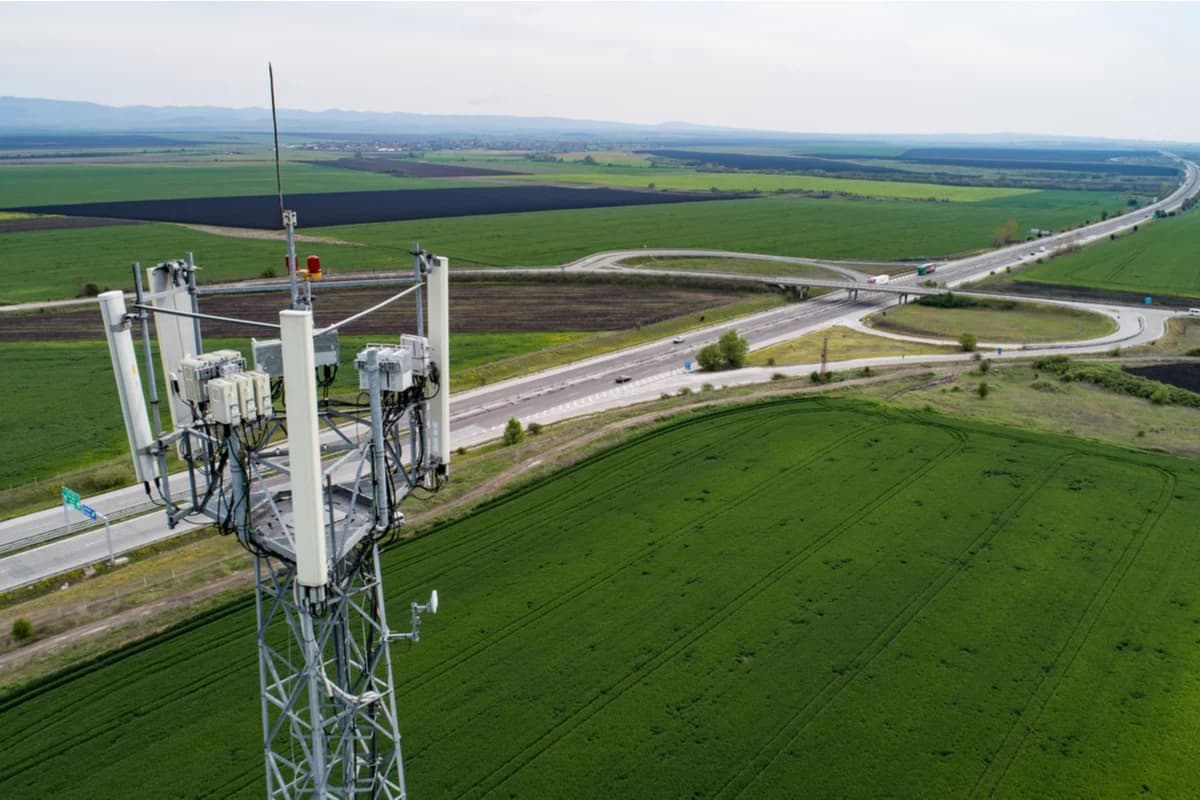LTE 450 is a type of wireless communication network based on a 450 MHz frequency. More importantly, it’s a network band that offers wide reach, deep signal penetration, high speeds and secure, dependable connection. On top of that, it’s cost-effective to implement and use, and it can futureproof systems with its great flexibility.
In the heyday of 2G GSM and 3G cellular networks, the 450 MHz frequency was set aside as a low-frequency route for emergency communications. Now that we have advanced to 4G and 5G, and the 2G networks are being retired, 450 MHz is open to bids for other purposes. These tend to involve critical communications over long ranges, with connections to remote and dispersed points.
What is it that makes LTE 450 different?
The most obvious difference in LTE 450 is its low frequency, at 450 MHz. Typical public networks have frequencies of 900, 1800, 2100 or 2600 MHz. The frequency of LTE 450, or band 31 as it is sometimes known, requires a dedicated LTE 450 module. This immediately gives LTE 450 an advantage in terms of less signal congestion.
What is the ‘LTE’ in LTE 450?
LTE stands for Long Term Evolution. It’s a particular 4G wireless broadband standard which gives much faster speeds than 3G, although not as fast as ‘true 4G’. The agreed target speed standard for true 4G is hard to achieve in reality.
LTE is not the only choice of network technology within the 450 MHz band. Previously, CDMA (Code Division Multiple Access) was preferred by many. Now LTE is becoming increasingly popular, thanks largely to its higher speeds, greater capacity and lower latency.
What is causing the surge of interest in LTE 450?
Despite the advantages already mentioned, and although LTE 450 networks have already been available for many years, uptake has been relatively slow until now. What has stimulated renewed interest is their potential within internet of things (IoT) and machine to machine (M2M) applications. In particular, LTE 450 supports CAT-M and narrowband-IoT (NB-IoT) technologies, which are dedicated to IoT connectivity.
.jpg?width=1200&name=shutterstock_1944171628%20(1).jpg)
What is ‘private’ LTE 450?
The term ‘private LTE 450’ is often used in articles on LTE 450. This distinguishes private networks from public ones. If you choose private LTE 450, it will be isolated and independent from public networks. The advantages of this include less congestion, as well as high data security and freedom to manage communications and systems without interference.
What is the purpose of LTE 450?
There are many applications and industries which can make good use of the LTE 450 qualities and characteristics summarised above. For instance, LTE 450 is well suited to providing businesses and other organisations with broadband coverage, cost-effectively and reliably, over large areas.
What industry sectors have most to gain from LTE 450?
Utility companies are especially interested in connecting their data centres to widely dispersed smart meters. In the electricity sector, specifically, LTE 450 can provide a basis for monitoring and managing smart power grids. Similarly, industrial companies need reliable links to sensors, IoT devices and other equipment, wherever they may be.
LTE 450 continues to serve critical communication needs in relation to safety and emergency systems and services. It also connects, for example, isolated schools and healthcare facilities.
The strength, reach and reliability of LTE 450 connectivity can be invaluable for industries with distantly spread activities, like logistics, transport, seaports and remote, high-security government installations. Distant communication can extend to forestry and agricultural areas, as well as rurally located power facilities, and out to sea with oil, gas and shipping businesses.
Download our free complete guide to LTE 450 to find out more.




